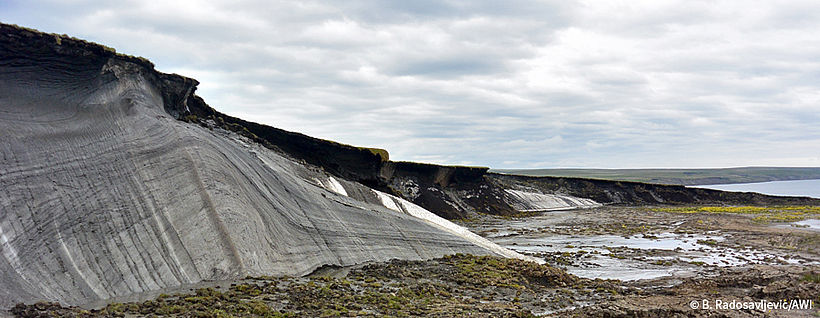
Why does MOSES focus on permafrost thaw?
Permafrost underlies a quarter of the northern hemisphere’s land mass and a large portion of the Siberian and North American shelves. Arctic warming occurs at a much higher rate compared to the rest of the world. Warming permafrost thaws and degrades. Greenhouse gases (GHG) trapped within or beneath permafrost are released, thus influencing regional and global climate. Organic matter stored previously frozen starts to decompose and can potentially be released into the atmosphere as GHG. The carbon cycle of permafrost regions has been shown to be very sensitive to even short hot spells, snow cover duration and the amount of rainfall. These effects may potentially transform the permafrost areas from a net sink to a net source of atmospheric carbon in the future.
Permafrost thaw events occur due to warming and wetting of the surface and have the potential to release gas on short time scales. Sites of intense methane release from the seabed on the Siberian shelf to the water column and atmosphere indicate submarine permafrost thaw. Similarly, massive release of natural gas via pathways in discontinuous permafrost has been observed in NW Canada. Siberian land craters are a previously unknown permafrost landscape feature. There is evidence of extremely rapid greenhouse gas release due to permafrost thaw events.

